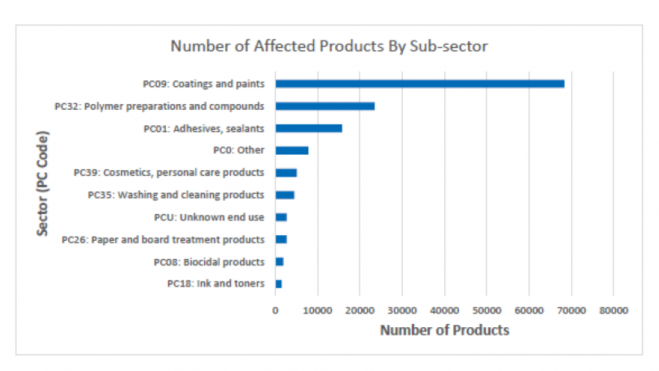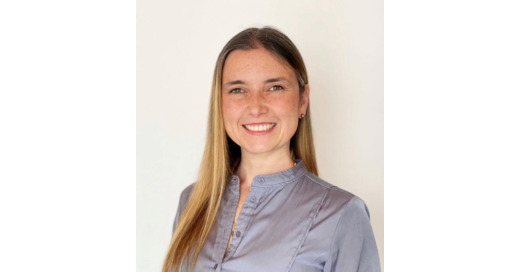The Chemicals Strategy for Sustainability (CSS) is a paradigm shift for the chemical sector and all its downstream customers, including the cosmetics industry. While the requirements for companies are increasing, we also see multiple opportunities and promising trends for innovative solutions.
With its multi-pronged regulatory packages, the Chemicals Strategy for Sustainability is a centrepiece of the zero pollution ambition of the European Green Pact and puts consumer health and environmental protection high on Europe's agenda. According to a report by the Ricardo expert group for Cefic, the European chemicals industry association, one fifth of the industry's portfolio will have to change, including many cosmetics and personal care products.
The CSS will bring fundamentally different chemical risk assessment and new hazard classifications on chemicals. The European Environmental Bureau estimates that up to 7000 substances could disappear from the market by 2030, regardless of whether they can be used safely. New regulations will add to the complexity of value chains. For example, the cosmetics industry will no longer only be subject to the Cosmetics Regulation but also to a greater extent to chemical regulations.
Due to possible bans on cosmetic ingredients, the composition of cosmetic products may be forced to change and consumers may start to not get the performance they are used to in their products. Take, for example, UV filters for sunscreen products. They are increasingly used in sunscreens as well as in daily care and decorative cosmetics for reliable protection against free radicals and premature ageing and ultimately support the prevention of skin cancer. The latter effects are caused by deeply penetrating ultraviolet rays. If you buy any product with a sun protection factor, you can be sure that the ingredients are safe and the products are safe to use. Specifically, UV filters must undergo a strict safety assessment in Europe, which is known worldwide as the Gold Standard.
UV filters must be stable to solar radiation, water-resistant and soluble in cosmetic oils. Precisely these properties lead to low biodegradability and thus persistence, two criteria that are critically discussed in the context of SSC. Persistence alone need not be critical, as long as the substance as such does not present a toxicological risk to the environment. Restricting substances could lead to a situation where sunscreen products can no longer achieve the desired effects. It is crucial to consider the correlations between the requirements and inherent properties of organic UV filters during the relevant legislative processes in order not to jeopardise the adequate protection of citizens against skin cancer.
We fully support the objective that the chemicals of the future must be resource efficient, circular, greenhouse gas neutral and safe for people and the environment. The need for change will drive the transformation of the portfolio towards safe and sustainable chemicals by design, which is a key concept within SSC. At BASF, this has been our guiding principle for many years for product development. And with our Sustainable Solution Steering (SSS) approach, we manage our portfolio towards more sustainable products that meet growing customer demands and new norms and standards in the value chain.

What does this mean for our cosmetics-oriented portfolio? CSS will be regulated in the coming years. We will regularly assess which products or product groups will be affected by the purpose of CSS. We need to develop the complete chemical toolbox in line with chemical regulation to offer alternative substances and solutions while maintaining high performance. There are four key and very promising areas that we see in the medium term: 1. sustainable product alternatives, 2. natural and biodegradable polymers, 3. biosurfactants and 4. eco-friendly UV filter.
For us as BASF, human health and environmental protection are non-negotiable and we fully support the objectives of SSC. However, we believe that the "how" of this proposed change today can be improved. The potential impact on sunscreens is a clear example of how we could be overlooking the technical complexity of chemistry and scientific knowledge and how this could affect human health.
In January 2023, the European Commission published the Chemical Industry Transition Pathway as a roadmap for policy makers and industry to co-implement actions to support the green and digital transition of industry in the EU. This is our opportunity and our task to work together as part of the value chain to bring all relevant perspectives to the table to achieve the objectives of the CSS, but also of all other pieces of the EU legislative agenda in an organised, integrated and coherent way. The more we all participate in this dialogue, the more fruitful the discussion will be.

